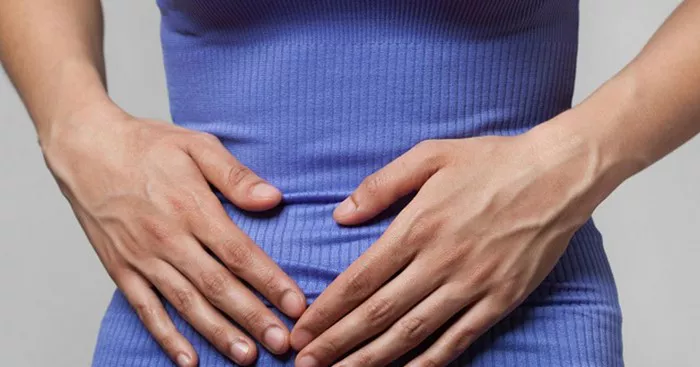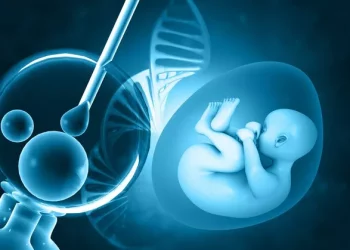Ovulation is a crucial event in the reproductive cycle, playing a central role in conception. It occurs when an ovary releases a mature egg, making it available for fertilization. This process typically happens once per menstrual cycle. Understanding ovulation is essential for anyone trying to conceive, as it helps in identifying the fertile window—the period when pregnancy is most likely to occur. However, pinpointing the exact time of ovulation can be challenging due to natural variations in menstrual cycles among women and even from month to month in the same woman.
Methods to Identify Ovulation
Calendar Tracking
One of the simplest methods to predict ovulation is calendar tracking, which involves charting menstrual cycles over several months to identify patterns. This method is most effective for women with regular cycles, typically ranging from 28 to 32 days. Here’s how to do it:
1. Track Your Cycle Length: Start by recording the first day of your period as day one. Note the total number of days in your cycle. Do this for several months to identify the average length.
2. Predict Ovulation: Ovulation generally occurs about 14 days before the start of the next menstrual period. If you have a 28-day cycle, for example, ovulation is likely around day 14. For a 32-day cycle, ovulation would be around day 18.
3. Identify the Fertile Window: Since sperm can survive in the female reproductive tract for up to five days and the egg is viable for about 24 hours after ovulation, the fertile window spans approximately six days. For a 28-day cycle, the fertile window would be from day 10 to day 15.
While calendar tracking is straightforward, it assumes regularity in menstrual cycles, which may not be the case for everyone.
See also: What is the Cystic Fibrosis (CF) and its Impact in Females
Basal Body Temperature (BBT)
Basal Body Temperature (BBT) monitoring is another method used to identify ovulation by measuring your body’s resting temperature each morning before getting out of bed. This method relies on the fact that a woman’s BBT slightly increases after ovulation due to the hormone progesterone. Here’s how to use BBT monitoring:
1. Measure Daily: Use a special BBT thermometer to take your temperature at the same time each morning before any activity, ideally after at least three hours of uninterrupted sleep.
2. Chart Your Temperature: Record your temperature daily on a chart or use a digital app designed for BBT tracking. Look for a pattern over several cycles.
3. Identify the Temperature Shift: Just after ovulation, you’ll notice a slight but sustained increase in BBT, typically about 0.5 to 1 degree Fahrenheit. The rise indicates that ovulation has occurred.
4. Track Over Time: It’s important to chart your BBT over a few months to understand your body’s unique patterns and predict future ovulations.
BBT monitoring can be effective but requires consistency and patience. Factors such as illness, lack of sleep, or alcohol consumption can affect temperature readings.
Cervical Mucus Changes
Observing changes in cervical mucus is another natural method to determine ovulation. Cervical mucus changes in consistency and quantity throughout the menstrual cycle due to hormonal fluctuations. Here’s how to monitor it:
1. Observe Daily: Check your cervical mucus daily, either by wiping with toilet paper before urination or by inserting a clean finger into the vagina.
2. Identify Changes: After menstruation, cervical mucus is typically scant and dry. As ovulation approaches, mucus increases and becomes creamy, then wet and slippery, resembling raw egg whites at the peak of fertility. This egg white consistency facilitates sperm movement and survival.
3. Peak Fertility: The day you notice the most wet, slippery, and stretchy mucus is likely your peak fertile day. Ovulation typically occurs around this time.
This method requires getting comfortable with your body and observing changes consistently. Cervical mucus can be affected by infections, medications, and personal hygiene products.
Ovulation Predictor Kits (OPKs)
Ovulation Predictor Kits (OPKs) are widely used to detect the surge in luteinizing hormone (LH) that triggers ovulation. OPKs are available over-the-counter and are easy to use. Here’s how they work:
1. Collect a Urine Sample: Most OPKs use urine to detect LH levels. Some kits come with test strips or digital readers.
2. Follow Instructions: Follow the manufacturer’s instructions, typically testing at the same time each day starting a few days before the expected ovulation.
3. Read the Results: A positive result indicates an LH surge, suggesting that ovulation will occur within the next 24 to 36 hours.
OPKs are highly effective and convenient, making them popular among women trying to conceive. However, they can be more expensive than other methods and may not work well for women with polycystic ovary syndrome (PCOS) or other hormonal imbalances.
Other Signs and Symptoms
In addition to the primary methods, there are other signs and symptoms that some women may experience around ovulation. These can include:
1. Ovulation Pain (Mittelschmerz): Some women feel a mild to moderate pain or cramping on one side of the lower abdomen during ovulation. This pain can last from a few minutes to a few hours.
2. Breast Tenderness: Hormonal changes around ovulation can cause breast tenderness or sensitivity.
3. Heightened Libido: An increase in sexual desire around ovulation is a natural response to peak fertility.
While these symptoms can provide additional clues, they are subjective and vary widely among women.
See also: A Comprehensive Guide to Female Fertility Testing
Limitations and Considerations
Each method of identifying ovulation has its limitations and considerations:
1. Cycle Irregularities: Women with irregular menstrual cycles may find it challenging to predict ovulation accurately using calendar tracking or even OPKs.
2. Misinterpreting Signs: Changes in BBT, cervical mucus, and symptoms can be influenced by various factors, leading to potential misinterpretation.
3. Consistency Required: Methods like BBT and cervical mucus monitoring require daily attention and consistency, which can be difficult for some women to maintain.
4. Cost: OPKs, while convenient, can be costly, especially if used over several months.
5. Medical Conditions: Conditions like PCOS, thyroid disorders, and other hormonal imbalances can affect the reliability of these methods.
For women struggling to identify ovulation or facing fertility challenges, consulting a healthcare professional is crucial. A doctor can provide personalized advice, conduct necessary tests, and recommend treatments or interventions to assist with conception.
Conclusion
Identifying ovulation is key to understanding your fertile window and enhancing the chances of conception. Methods such as calendar tracking, basal body temperature monitoring, observing cervical mucus changes, and using ovulation predictor kits can help pinpoint ovulation. Each method has its advantages and limitations, and what works for one woman may not work for another. Consistency and patience are essential when tracking ovulation signs.
For personalized guidance and to address any fertility concerns, it’s important to consult a healthcare professional. They can provide tailored advice and support, helping you navigate the journey toward conception. Understanding your body’s signals and working with a medical expert can increase your chances of achieving a healthy pregnancy.
Related Topics:
A Complete Guide to Testing Blocked Fallopian Tubes
What is Fertility Testing for Couples: Things You Need To Know



























